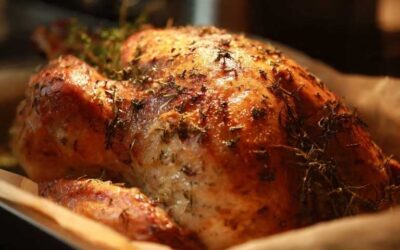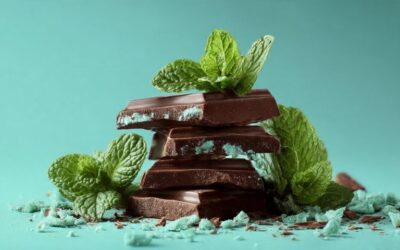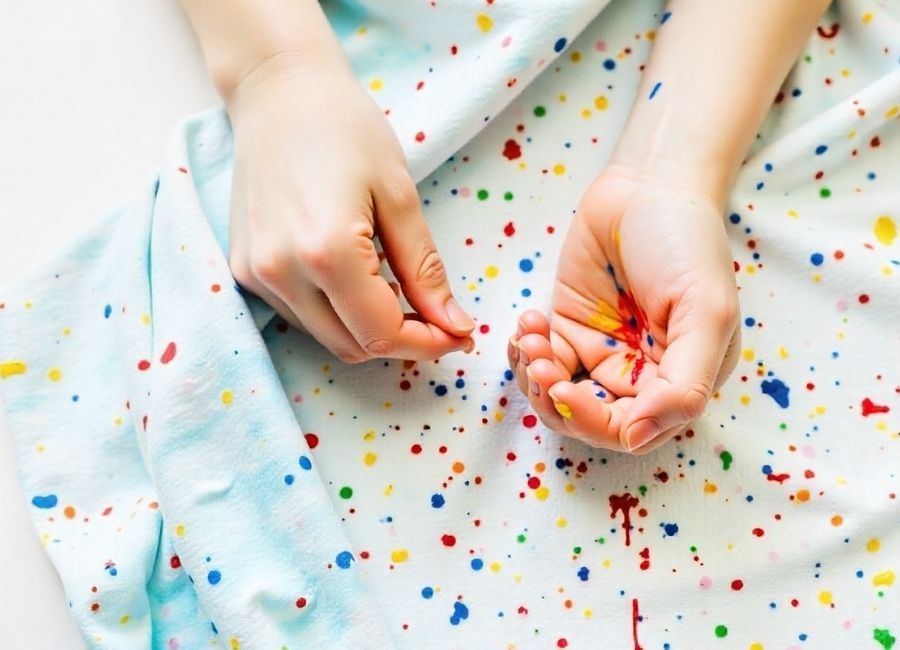Food coloring stains happen to the best of us. Whether you’re decorating cookies with the kids, mixing up a batch of rainbow cupcakes, or experimenting with tie-dye techniques, those vibrant dyes have a knack for ending up where they shouldn’t—on your favorite shirt, apron, or tablecloth.
The good news? Most food coloring stains aren’t permanent, especially if you act quickly. (Ask ACI: Food Coloring Stains, n.d.) The key lies in understanding what type of food coloring you’re dealing with and choosing the right removal method. Some dyes wash out easily with cold water, while others require a bit more effort and the right combination of household ingredients.
This guide walks you through seven proven methods to remove food coloring stains from fabric, plus essential tips to prevent damage and increase your chances of success. You’ll also learn when to call it quits and seek professional help.
Understanding Food Coloring Stains
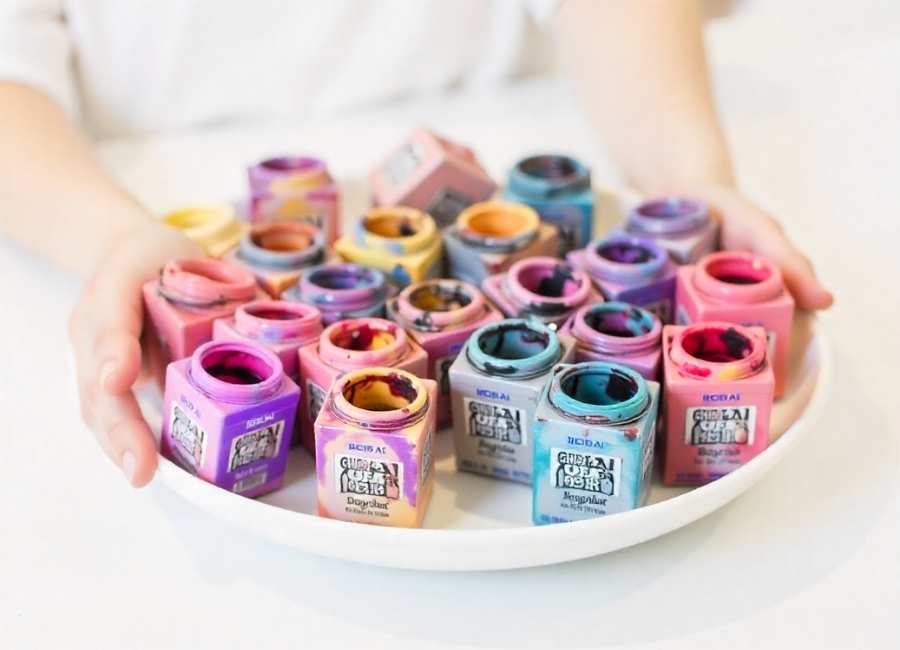
Food coloring comes in several forms, each with different stain-fighting challenges. Liquid food coloring, the most common type found in home kitchens, typically contains water, glycerin, and synthetic dyes. (Food Coloring 101, 2025) These stains often respond well to cold water and basic stain removal techniques.
Gel food coloring packs a more concentrated pigment and may require stronger treatment methods. (How Much Dye Is In Food Coloring? A Pro’s Guide, n.d.) Natural food colorings made from fruits, vegetables, or spices can sometimes be trickier to remove because they contain proteins and natural compounds that bond differently with fabric fibers. (Is Food Coloring Washable?, n.d.)
The fabric type matters too. Cotton and other natural fibers tend to absorb stains more readily than synthetic materials like polyester. (Stain-resistant fabrics – selection and practical application, n.d.) However, synthetic fabrics can sometimes hold onto oil-based components in certain food colorings. (Stain Removal 101: Mastering Techniques for Different Fabrics, n.d.)
Act Fast: The Golden Rule of Stain Removal
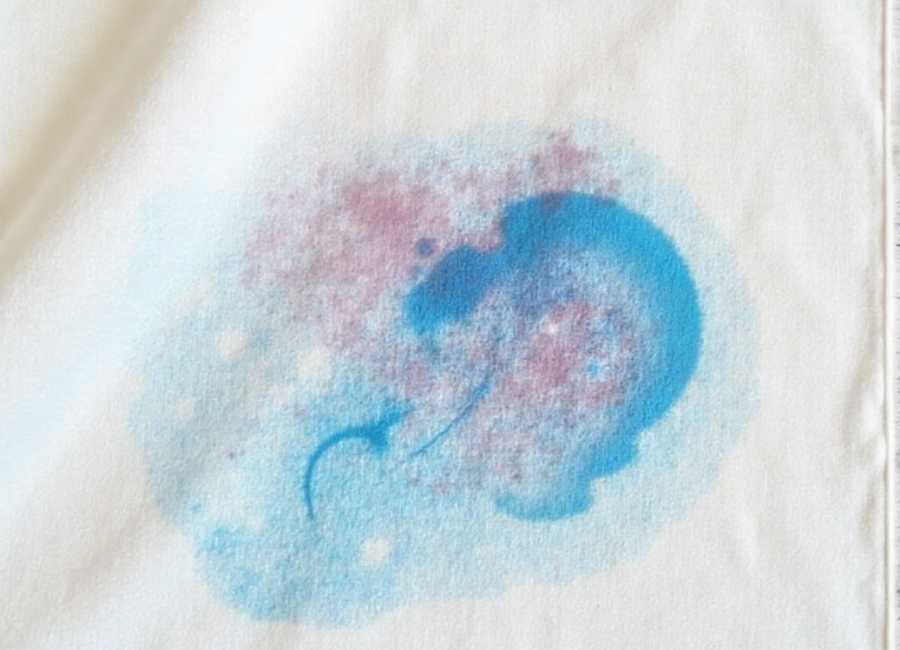
Time is your biggest ally when dealing with food coloring stains. Fresh stains that haven’t had time to set into the fabric fibers are much easier to remove than those that have been sitting for hours or days.
As soon as you notice the stain, resist the urge to rub it. Rubbing pushes the dye deeper into the fabric and can spread the stain to a larger area. Instead, gently blot the excess liquid with a clean cloth or paper towel, working from the outside of the stain toward the center.
If you can’t treat the stain immediately, rinse the area with cold water to dilute the dye and prevent it from setting. Never use hot water on a fresh food coloring stain—heat can permanently set the dye into the fabric. (Red Food Color Stain Removal – How to Remove Red Food Coloring Stains, n.d.)
Method 1: Cold Water Rinse
Start with the simplest approach: a thorough cold water rinse. Hold the stained fabric under cold running water, allowing the water to flow through the back of the stain. This pushes the dye out of the fabric rather than deeper into it.
Let the water run for several (Ask ACI: Food Coloring Stains, n.d.) minutes, gently working the fabric with your fingers to help loosen the dye. You might be surprised how much of the stain disappears with this basic technique, especially with fresh liquid food coloring stains.
If the stain lightens significantly but doesn’t disappear completely, proceed to one of the more intensive methods below.
Method 2: Dish Soap Treatment
Liquid dish soap excels at breaking down the glycerin and other binding agents found in many food colorings. Apply a small amount of clear or white dish soap directly to the stain and work it in gently with your fingers.
Allow the soap to sit for 10-15 minutes, giving it time to penetrate the stain. Then rinse thoroughly with cold water. If the stain persists, repeat the process before moving on to stronger methods.
Avoid using dish soap with added colors or fragrances, as these can sometimes set stains or add new ones to your fabric.
Method 3: White Vinegar Solution
White vinegar’s acidity helps break down many types of dye molecules. (Does Vinegar Change Carpet Color, n.d.) Mix equal parts white vinegar and cold water in a bowl, then soak the stained area in this solution for 30 minutes.
After soaking, rinse the fabric thoroughly with cold water and check the stain. If it’s still visible, you can repeat the vinegar treatment or combine it with other methods for better results.
This method works particularly well on natural fabrics like cotton and linen, but test it on a hidden area first to ensure the vinegar doesn’t affect the fabric’s color or texture.
Method 4: Baking Soda Paste
Baking soda acts as a gentle abrasive and pH neutralizer, making it effective against various types of food coloring stains. (Baking Soda as a cleaning agent » Remove Any Stains, n.d.) Create a paste by mixing baking soda with just enough cold water to form a thick consistency.
Spread the paste over the stain, covering it completely. Let it sit for 20-30 minutes, then gently work the paste into the fabric with an old toothbrush or your fingers. Rinse thoroughly with cold water.
This method is particularly useful for older stains that have had time to set, as the baking soda can help lift embedded dye particles from fabric fibers.
Method 5: Hydrogen Peroxide for White Fabrics
Hydrogen peroxide serves as a mild bleaching agent that can effectively remove food coloring from white or colorfast fabrics. (Can Food Coloring Stain Clothes? Expert Stain Removal Guide, n.d.) Use the 3% concentration commonly found in drugstores—stronger solutions can damage fabric.
Apply hydrogen peroxide directly to the stain and let it sit for 10-15 minutes. You might see the stain bubble or foam as the peroxide works to break down the dye molecules. Rinse thoroughly with cold water afterward.
Important: Only use this method on white fabrics or test it on a hidden area first. Hydrogen peroxide can bleach or fade colored fabrics, potentially causing more damage than the original stain.
Method 6: Rubbing Alcohol Technique
Isopropyl rubbing alcohol dissolves many synthetic dyes used in food coloring. (How to Get Food Dye Off Skin? – Chef’s Resource, n.d.) Place a clean cloth or paper towel underneath the stained area to catch any dye that transfers through the fabric.
Dab the stain with another clean cloth soaked in rubbing alcohol, working from the outside edges toward the center. As the dye dissolves, it should transfer to the cloth underneath. Replace this cloth as it becomes saturated with dye.
Continue dabbing until no more dye transfers, then rinse the area thoroughly with cold water. This method often works well on gel food coloring stains that resist other treatments.
Method 7: Commercial Stain Remover
When home remedies aren’t enough, commercial stain removers designed for dye stains can provide the extra power you need. Look for products specifically formulated for color stains or those containing enzymes that break down organic compounds.
Follow the manufacturer’s instructions carefully, paying attention to recommended soaking times and fabric compatibility. Some commercial removers work best when applied immediately, while others are designed for pre-treating stains before washing.
Always test commercial stain removers on a hidden area first to ensure they won’t damage or discolor your fabric.
Washing and Final Steps
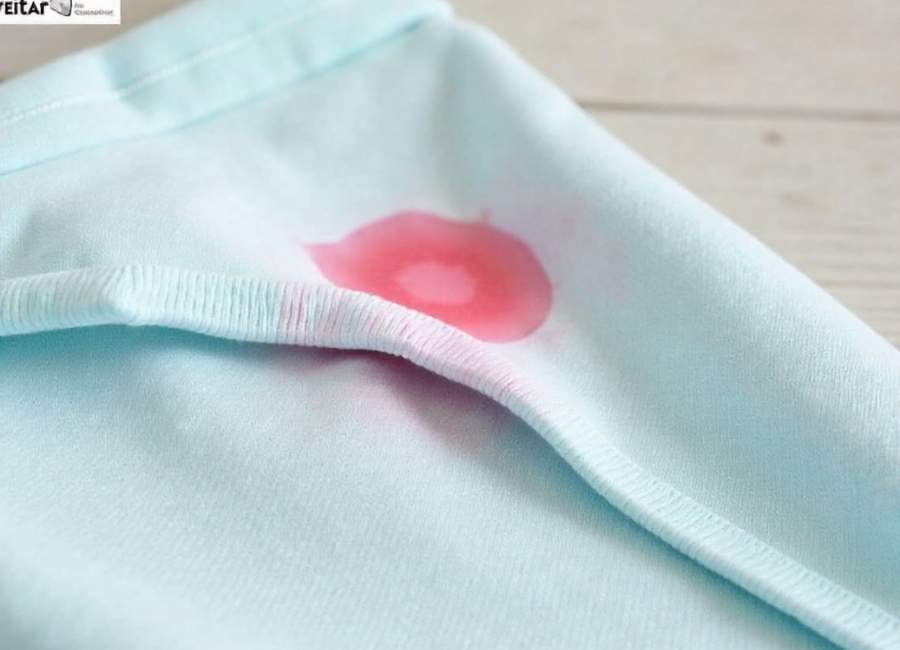
After treating the stain with any of the above methods, wash the garment according to its care label instructions. Use the coldest water temperature recommended for the fabric and avoid adding bleach unless the care label specifically allows it.
Check the stained area before putting the item in the dryer. Heat from the dryer can permanently set any remaining dye, making it impossible to remove later. (Why You Shouldn’t Put Stained Clothing In The Dryer, 2023) If traces of the stain remain after washing, repeat your chosen treatment method before drying.
Air-drying gives you the opportunity to assess your success and retreat the area if necessary. Once you’re satisfied with the results, you can proceed with normal drying methods.
When to Seek Professional Help
Some food coloring stains prove too stubborn for home treatment, particularly on delicate fabrics, dry-clean-only items, or when the stain has been set by heat or time. Professional cleaners have access to specialized solvents and techniques not available to home users.
Consider professional cleaning for valuable garments, items with sentimental value, or when you’ve tried multiple methods without success. Be sure to inform the cleaner about what caused the stain and any treatments you’ve already attempted.
Prevention Tips for Future Accidents
While accidents happen, a few simple precautions can minimize your risk of food coloring stains. Wear old clothes or aprons when working with food coloring, especially during messy activities like cake decorating or science experiments with kids.
Keep paper towels or clean cloths nearby for immediate cleanup. The faster you can address spills, the better your chances of preventing permanent stains.
Consider using natural alternatives like beet juice for red coloring or turmeric for yellow when possible. While these can still stain, they often wash out more easily than synthetic dyes. (Natural Food Coloring: Safe & Vibrant Alternatives to Chemical Dyes, n.d.)
Save Your Clothes and Your Sanity
Food coloring stains don’t have to spell disaster for your favorite clothes. With the right approach and quick action, most stains can be successfully removed using common household items. Remember to start with the gentlest method—cold water—and work your way up to stronger treatments only if needed.
The key to success lies in acting quickly, choosing the right method for your fabric type, and being patient with the process. Some stains may require multiple treatments or a combination of methods before they disappear completely.
Keep this guide handy for future reference, and don’t be afraid to experiment with different techniques. Your clothes—and your peace of mind—will thank you for it.

















